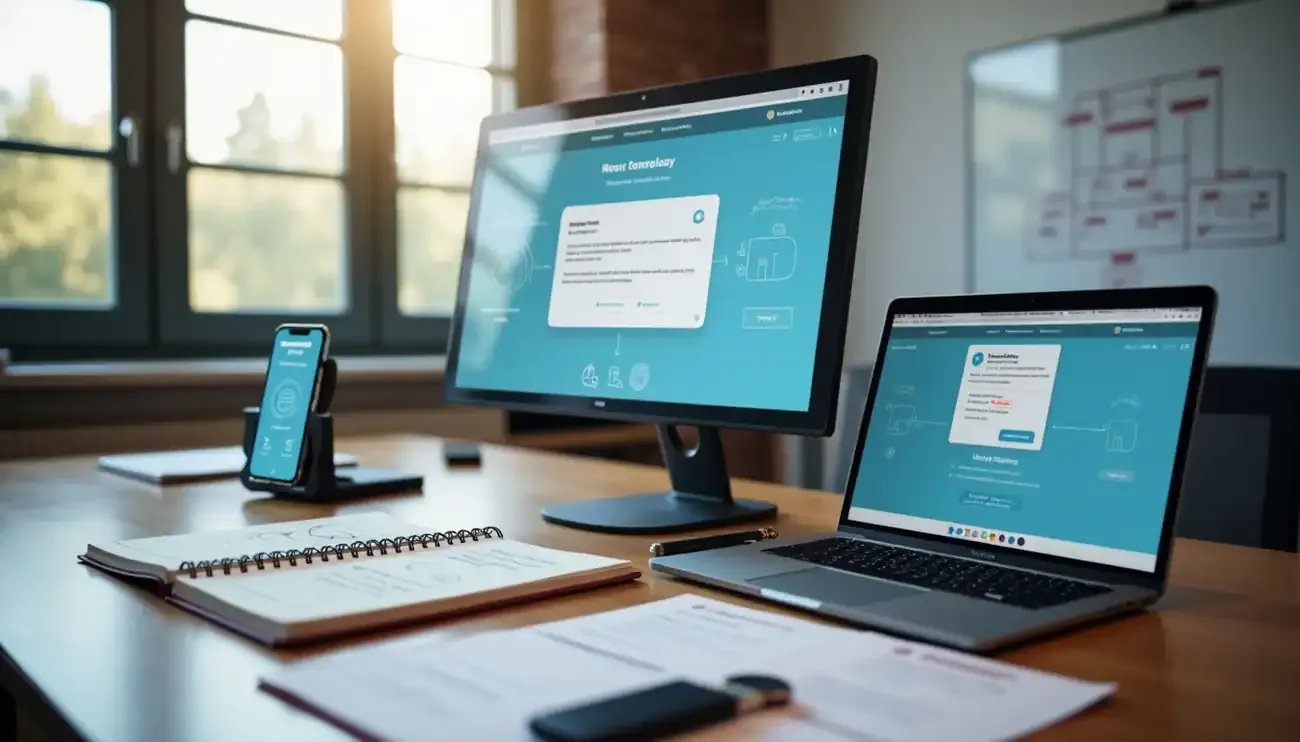Reasons Your Enterprise Mobility Strategy Needs to be Data-Driven
Developing Succcessful Data-Driven Mobile Solutions
Although many successful companies do not disclose the “secret sauce” that makes them innovative, almost all agree that working iteratively and responding to user feedback and usage data in every iteration is critical to success. At the root of this strategy, of course, is the feedback and data itself. When developing an enterprise strategy, building feedback mechanisms into both the technology and the process is an absolute must.
Luckily, there are many available tools and technologies to assist in this important task. For example, early in the software development lifecycle (SDLC), many groups leverage external technologies like surveys and user interviews to collect direct feedback around the user experience. When the project moves to beta testing or production, tools such as crash loggers are used to collect information from an application’s failure state, so engineers can better understand and analyze application problems.
Other tools are aimed at understanding regular app usage patterns. Real time in-app analytics record key metrics and data around how users are interacting with the application, what types of devices and systems they are using, and how engaged they are when in the app. Some analytics can even auto-detect user interface (UI) problems, such as when an app does not respond to a user gesture. Session playback technologies provide recordings of real user sessions, which enable understanding of all the actions users perform in the app – and what problems they encounter.
Once data is collected, many systems include analysis and graphing engines to better visualize trends. Touch heatmaps, for example, enable one to see exactly how users interact with the app by visualizing every touch they make – revealing which elements users focus on the most.
To maximize usefulness, all this information should be fed back into the development process. To that end, most agile processes include steps to review app usage data and user feedback at the end of each working sprint or iteration. The information gathered from support groups should then be reviewed by R&D teams on a monthly or quarterly basis. Whether you’re making low-level feature decisions or high-level strategy decisions, considering trends in user feedback and application data is crucial.
To continue the discussion or to learn about optimizing your mobile strategy, connect with an OpenArc strategist by email at [email protected]









